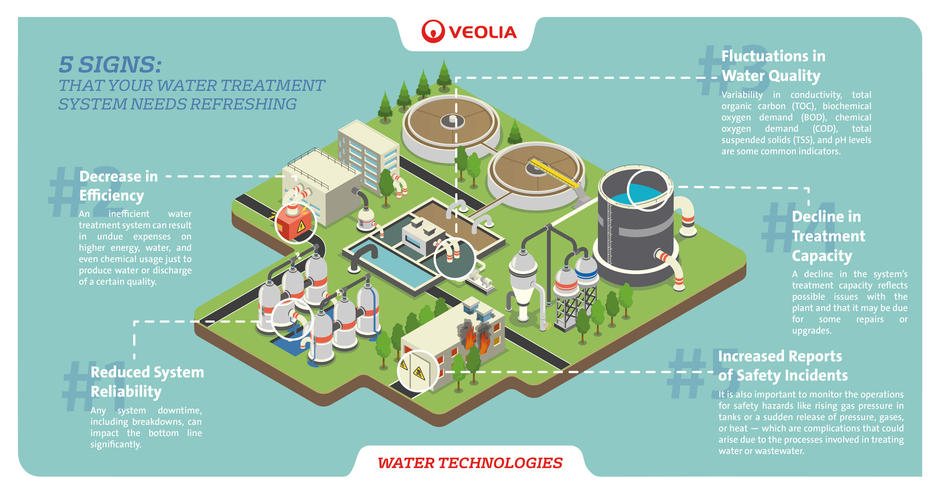
With any piece of equipment, maintenance and repairs are required to ensure the system is performing at the highest standard. But how can one tell if a water (and wastewater) treatment plant is performing optimally? What are some tell-tale signs that reveal possible issues with a treatment system? As these treatment systems can have significant impact on a business’s competitivity and continuity, it is imperative for businesses to pay closer attention to when the systems require refreshing — either in the form of repairs or upgrades.
Read on to find out more about five common warning signs that a water or wastewater treatment system may not be performing properly.
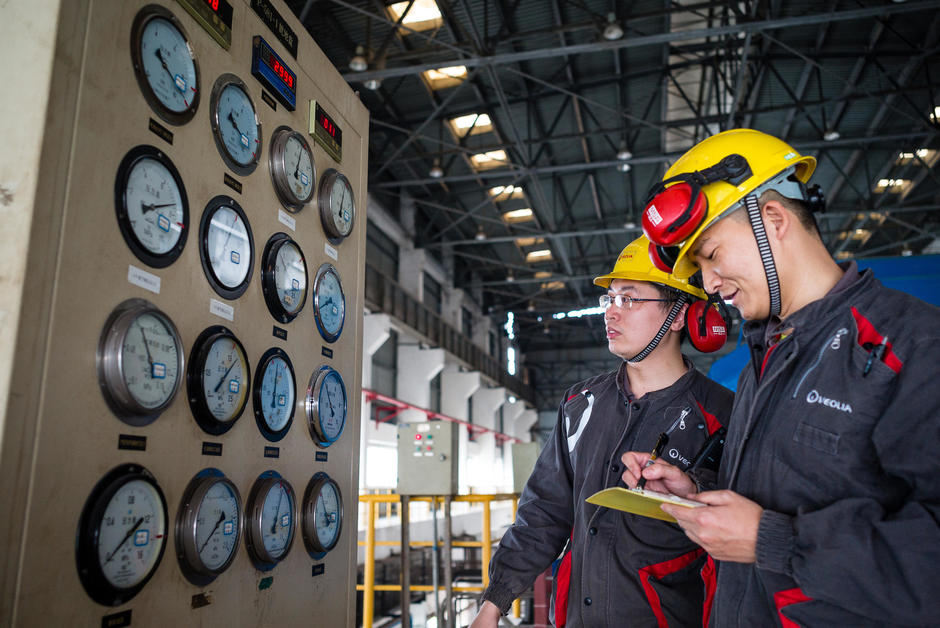
#1: Reduced System Reliability
For any manufacturer, ensuring the reliability of the production processes is of utmost importance. Any system downtime, including breakdowns, can impact the bottom line significantly. If a plant is experiencing downtime or breakdowns more frequently, it might signal that the plant’s process water or wastewater treatment systems are not running normally. Production processes that rely heavily on a stable water treatment system will be adversely affected and operations can be halted altogether — ultimately leading to financial losses — if the reliability of the water treatment system deteriorates. Regular checks can be adopted as a preventive measure and the need for an upgrade can be identified and addressed early.

#2: Decrease in Efficiency
An inefficient water treatment system can result in undue expenses on higher energy, water, and even chemical usage just to produce water or discharge of a certain quality. In the long term, a system’s sub-optimal performance may also mean a higher risk of equipment failure due to the greater strain it places on the equipment. Plant operators who are observing an increase in consumption of resources, such as electricity, water, and chemicals, should assess the systems to determine if there are issues with the plant that may have caused efficiency levels to dip.
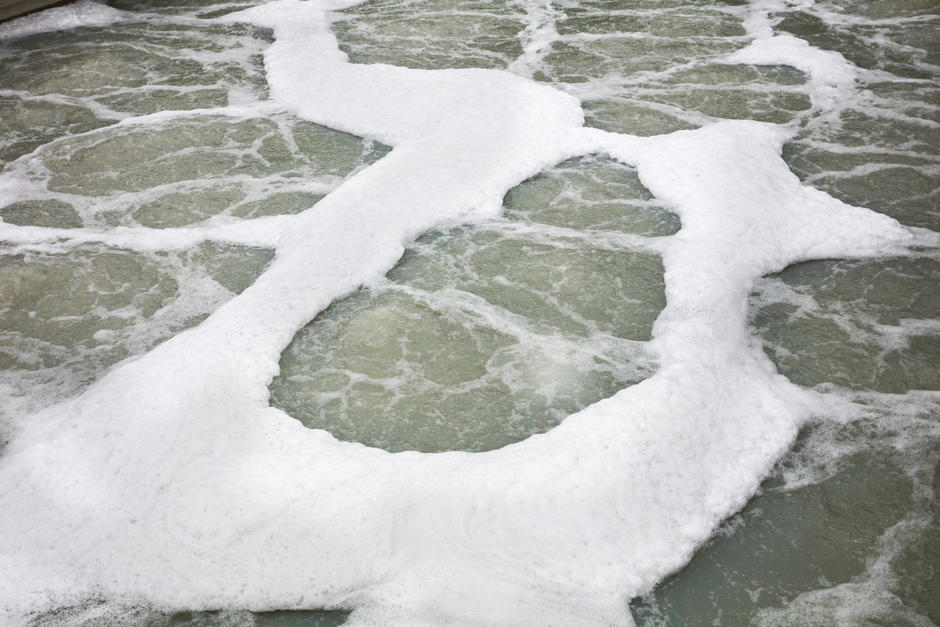
#3: Fluctuations in Water Quality
Water and wastewater treatment plant operators are no strangers to the standards for water or discharge quality (usually for compliance with local regulations). These standards serve both as a guide for the business and as a target for plant operators, which goes a long way to ensuring that the plant serves the business’s production needs well. When the water quality produced by a plant begins to deteriorate or fluctuate despite all other factors remaining constant, it could be an indication of issues with the treatment system. Variability in conductivity, total organic carbon (TOC), biochemical oxygen demand (BOD), chemical oxygen demand (COD), total suspended solids (TSS), and pH levels are some common indicators. When a system performs inconsistently, there can be serious repercussions for the business, such as delays to the production process or even additional cost to treat the water or wastewater again. Plant operators can look into upgrading systems to advanced water or wastewater technologies that will allow them to achieve a steady water or discharge quality — ensuring production process or environmental discharge requirements are met.
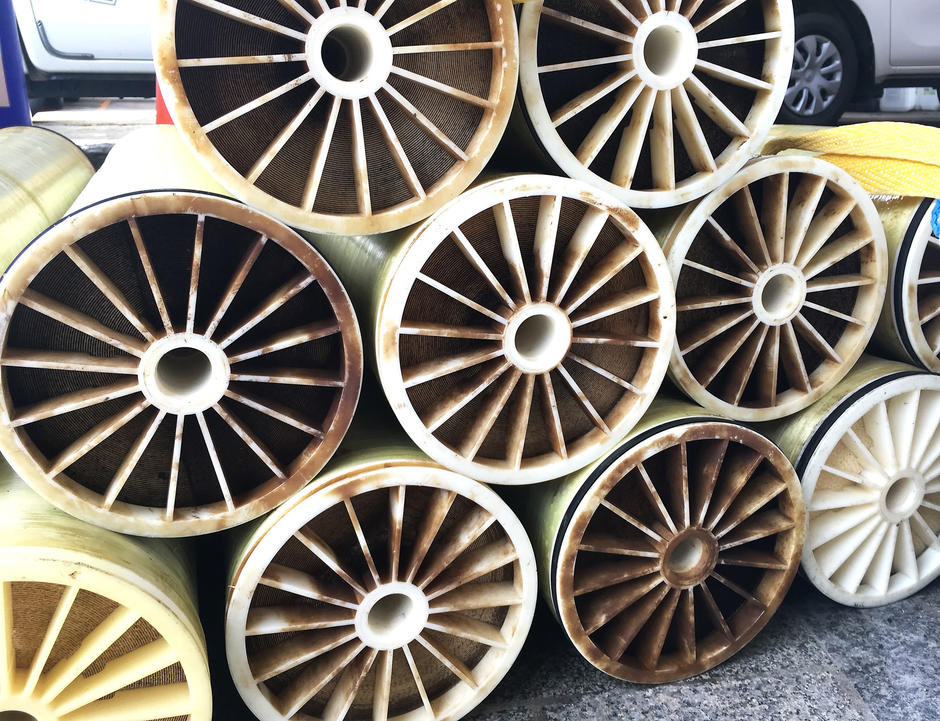
#4: Decline in Treatment Capacity
Another indication that the water treatment system is not working well is a decline in capacity that may lead to an inability to support production. One such example is a dip in the system’s flowrates. When designing a water treatment system, engineers considers the plant’s water needs and specifies a system with the required capacity. A decline in the system’s treatment capacity reflects possible issues with the plant and that it may due for some repairs or upgrades.
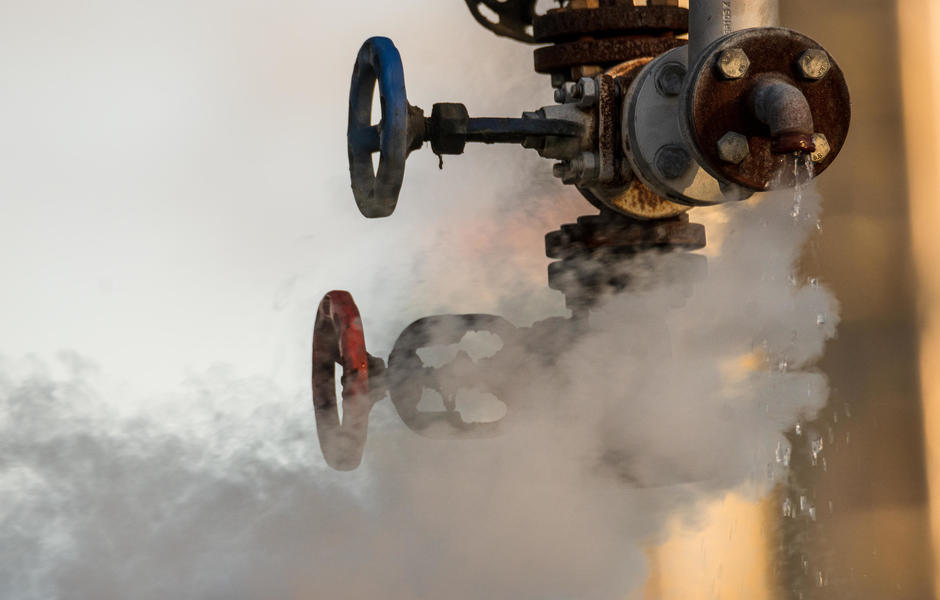
#5: Increased Reports of Safety Incidences
Most facilities that deal with water or wastewater treatment are classified hazardous due to the high amounts of energy and chemicals consumed during the treatment processes. It is also important to monitor the operations for safety hazards like rising gas pressure in tanks or a sudden release of pressure, gases, or heat — which are complications that could arise due to the processes involved in treating water or wastewater. For example, nitrogen gas is commonly injected to the stream as a bacterial control agent when treating process water so as to control pure water quality and prevent biofouling. Safety incidences are serious warning signs that the water treatment system is not performing optimally and presents risks to both the staff and equipment involved. Plant operators will do well to ensure their treatment systems meet safety standards through conducting regular audits to identify gaps in processes or issues with the current system. Automated solutions like chemical dosing equipment can also be adopted to reduce employee exposure to chemicals and to minimize risks.

